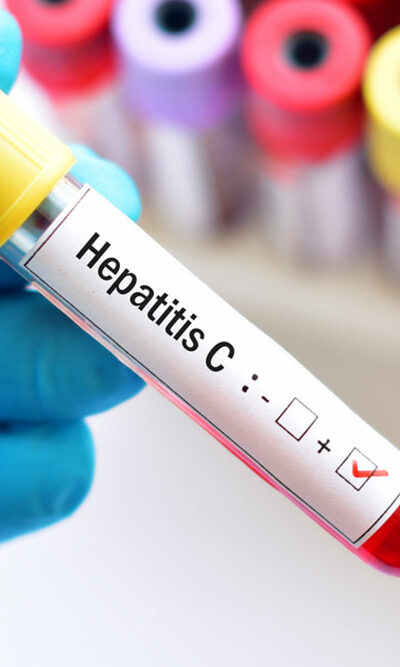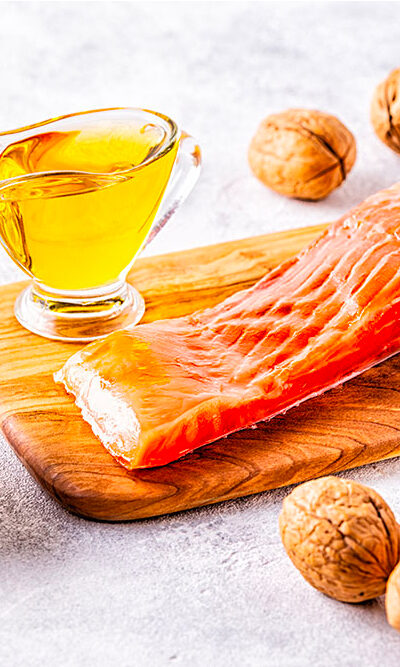
3 worst foods for lung health
Lung conditions affect a lot of people across the globe. In most cases, people tackle these conditions and diseases with various treatments. But, aside from treatments, individuals can fight these ailments and promote lung health with the help of food. Certain foods can strengthen the lungs and keep symptoms at bay. But, some can aggravate the condition, negatively impacting lung health, increasing the risk of lung diseases. Read to know foods that you should avoid. Bread Bread is one of the foods that can contribute to poor lung health. Bread is made of simple carbohydrates such as refined flour and sugar. These foods are known to affect the overall health of the body. They can even have a negative impact on lung health. This is because these foods are harder to break down and require the body to work harder to metabolize. Foods that are low in carbohydrates are less taxing on the body. They also produce less carbon dioxide in the body, which bodes well for those with existing lung conditions. To promote better lung health, individuals can opt for complex carbohydrates instead. Chips Processed foods, in general, are not good for the overall health of the body. They are packed with saturated fats, preservatives, and other harmful food additives. Processed foods such as potato chips can wreak havoc on your lung health. The salt in these foods contributes to increased blood pressure. It can also increase water retention in the body, which can eventually leak fluids into the lungs and make it difficult to breathe. Processed foods also negatively affect the cardiovascular system and heart. Carbonated beverages Carbonated beverages are also filled with sugar, carbohydrates, and carbonation. All these elements can contribute to an increase in weight and also result in bloating. Not to mention, bloating or the development of gas in the digestive system can lead to an increase in pressure on the lungs.










